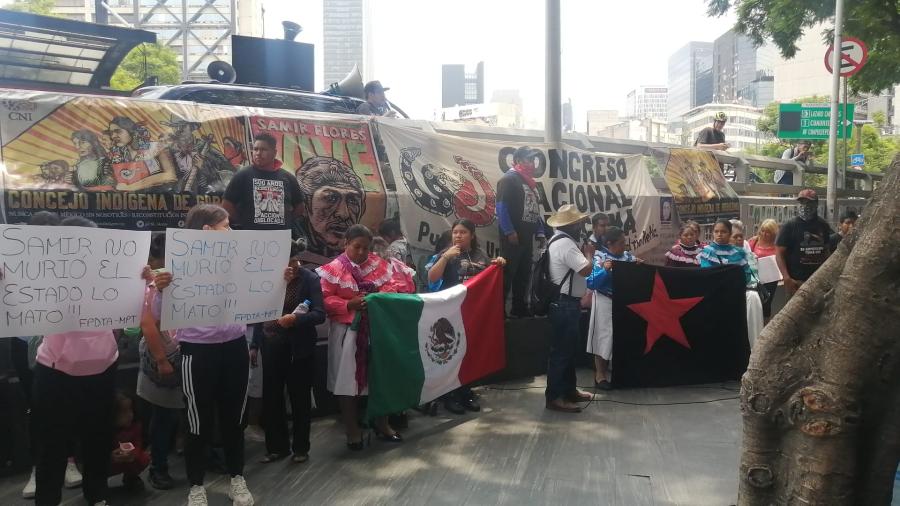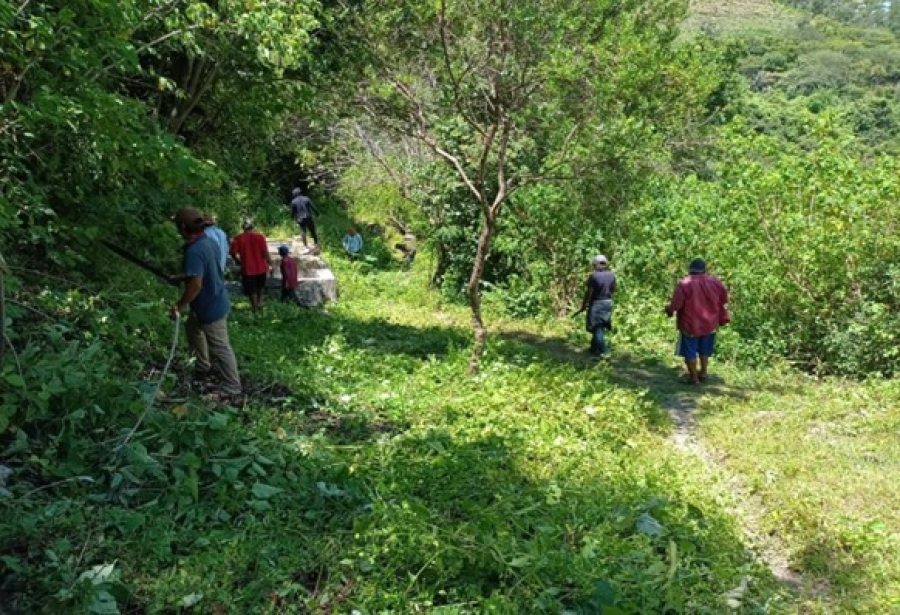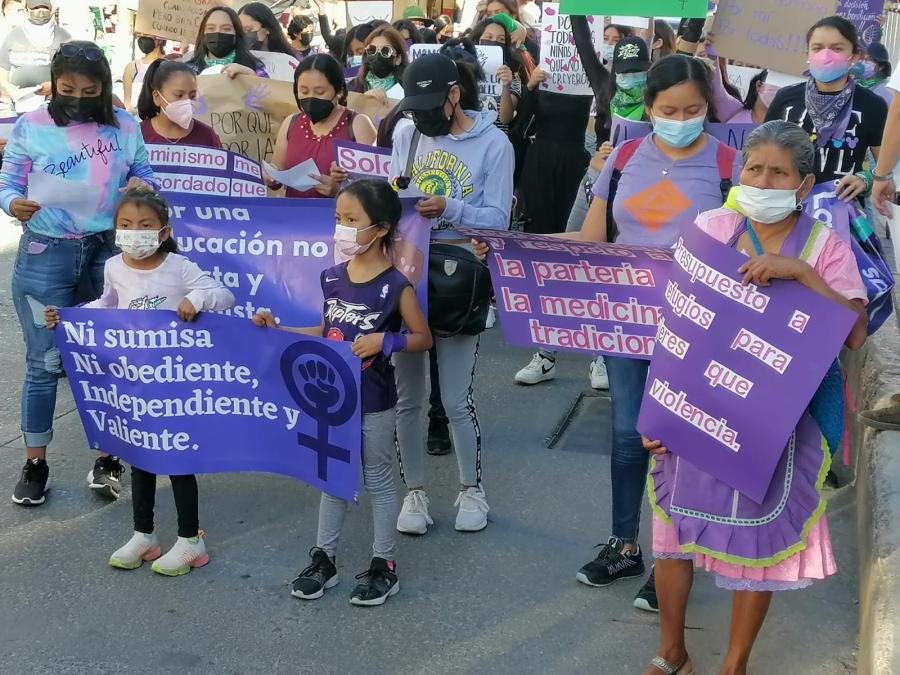
Long before nations like Mexico, the United States, and Canada existed, my people, the Wixárika Nation (incorrectly known as Huichol), were the original inhabitants of this land. And long before we were here, our creators, Grandfather Fire, Grandmother Growth, Father Sun, the Rain Mothers, Elder Brother Deer, Brother Wind and other universal spiritual forces created the Wixárika universe. Our marakames (medicine men) and legends tell us that the creators made many races of people, but the Wixárika were specially appointed to be the intermediaries between the spirit realm and the human world. This sacred appointment has been passed from generation to generation for centuries, and is the guiding principle of our past, present, and future lives.
The Wixárika people believe that it is our sacred obligation to be the caretakers of our creators. After our harvest ceremonies, we embark on pilgrimages to far off sacred places, the most important of which is Wirikuta, 500 kilometers away, located in Real de Catorce, San Luis Potosi.
The history of the Wixárika people is an oral one so the most important factor in our art is that we can keep our stories that have been passed down from generations for thousands of years. Through our artwork we are able to express a visual aspect of our stories, since our stories are told in our native language and people are not able to understand them unless we put them in visual forms. We have the yarn paintings, the beaded sculptures, and embroidery. Many of the people I work with, when they are creating artwork, they go into a meditative state. They channel the songs of the gods and then they manifest the songs of the gods through art. Our creativity and the techniques we use are special and unique to the Wixárika.
My artistic influences evolved from my parents and my community. My mother, Susana Valadez, is an anthropologist from the University of California, Los Angeles. My father, Mariano Valadez, has been creating yarn paintings for over 40 years, and is considered one of the best. My parents started the Huichol Center for Cultural Survival to ensure the traditions of my people would not be lost. We run a co-op for artists, a school for children which teaches them in our native language, and we grow traditional crops like blue corn.
Wixárika artwork is not only central to our culture’s economy, it is also keeping our traditional techniques and symbolism alive, and at the same time we are providing beauty to Mexico. If you go anywhere in Mexico, you will be exposed to Wixárika art. In Tepic, the capital of Nayarit, out of about 6,000 Wixárika people, 3,500 are artists.
When I was seven, I did my first beaded sculpture, which was a lizard; when I was 9, I tried to do a yarn painting. I almost gave up. It was only a foot in diameter, but it took me two weeks to finish it. A typical yarn painting takes about 40 hours, a simple piece takes about 20 hours.
Aside from doing my own artwork, I work with several communities in Nayarit. Some of these communities are very isolated. It is challenging for the artists because they might have a lot of art they wish to sell, but they do not have money to get to Tepic. When I go visit them, I often take their work on consignment because of their lack of access to the markets.





